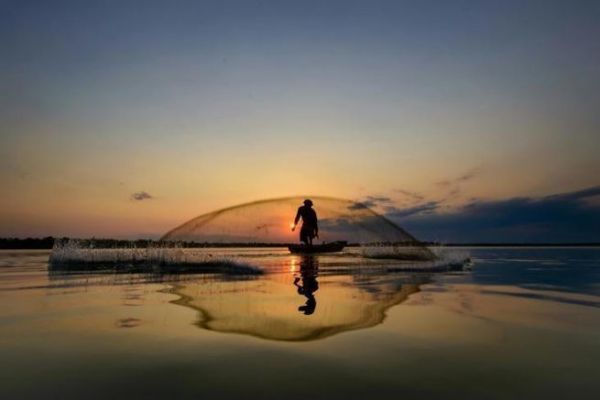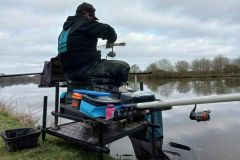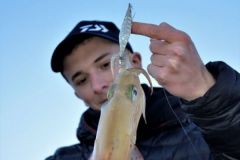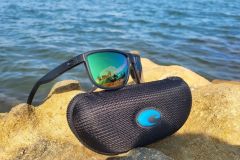Regulations and ecological considerations
Before you start hawk fishing, find out about local legislation. In many regions of France and Europe, the use of this type of net is strictly regulated, and even prohibited in certain sensitive areas or during specific periods.
For a responsible and sustainable practice, choose nets with adapted mesh sizes that allow young fish to escape. Scrupulously respect minimum catch sizes, and immediately release any protected or out-of-season species that may end up in your net.
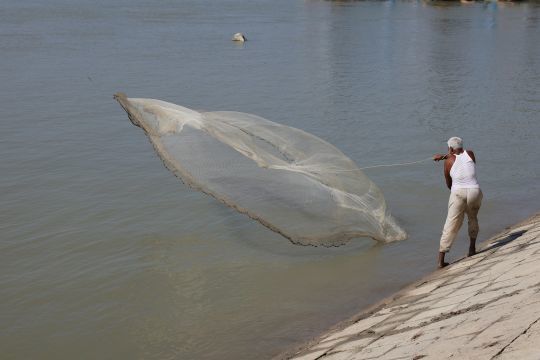
Master the sparrowhawk throwing technique
The traditional sparrow hawk net consists of a circular sheet weighted with sinkers around its periphery and fitted with a central rope. Its ingenious design allows it to open in a circle when casting and then close around the fish as it rises. For beginners, we recommend starting with a small-diameter model (between 2 and 3 metres) before progressing to larger versions. Preparing the cast is crucial to the success of this fishing technique. Lay out the net correctly: wrap part of it around your dominant wrist, place a few sinkers in your hand and spread the rest of the net over your forearm and shoulder. This configuration will ensure optimal deployment when casting.
Here are the basic steps for a successful launch:
- Position yourself in a clear, unobstructed area
- Hold the middle string firmly with your non-dominant hand
- Swing to gain momentum
- Propel the net with a wide, fluid gesture
- Gradually release the rope as the net descends
Regular practice is essential to perfect your technique. Experienced anglers recommend practising first on dry land, ideally on a lawn or flat surface, before trying your hand over water.

The best times to practice this technique are generally at dawn or dusk, when fish are most active near the surface. Careful reading of the aquatic environment (observing eddies, bubbles or fish jumps) will help you identify promising areas where you can cast your hawk with maximum efficiency.

 /
/ 